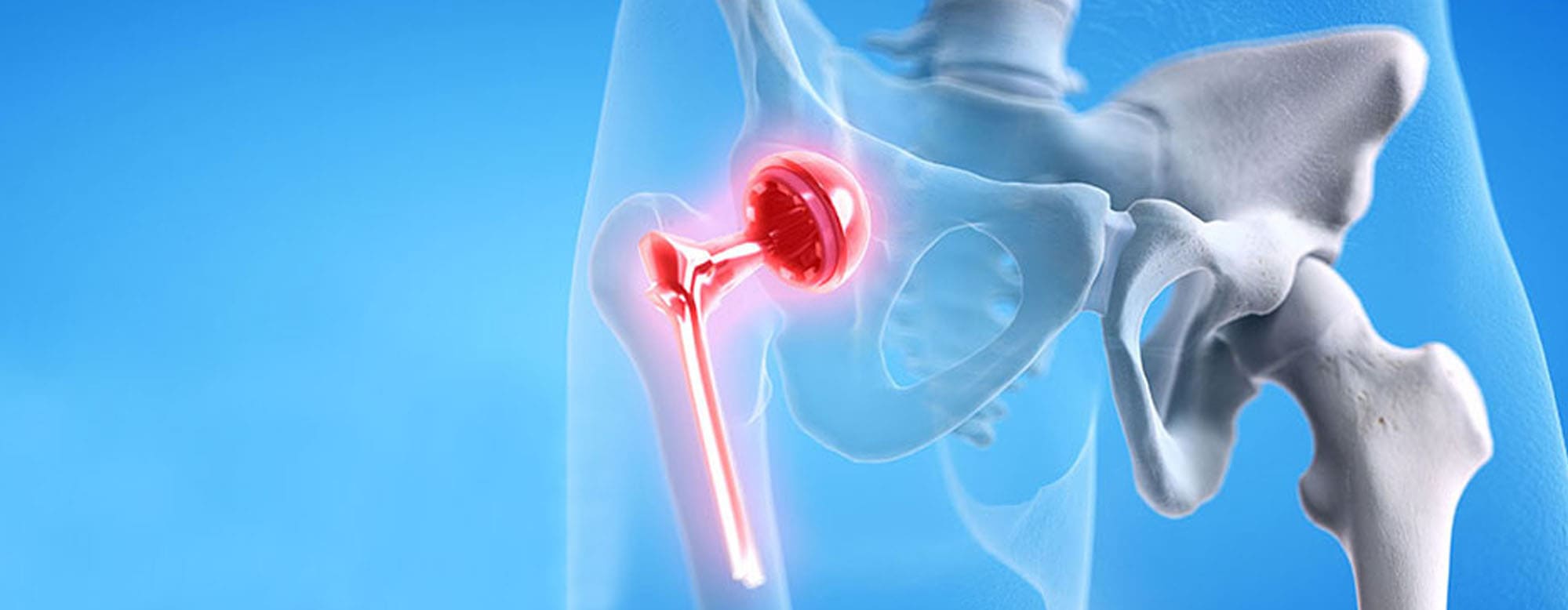
Pelvic Acetabular Fracture
What is a pelvic acetabular fracture?
A pelvic acetabular fracture is a break in the acetabulum, the part of the pelvis that forms the socket of the hip joint where the femoral head sits (the top of the thigh bone). These fractures generally occur in high-impact trauma, as in car accidents or falls, and can be serious due to the proximity to major vessels and organs.
What are the symptoms of a pelvic acetabular fracture?
The common symptoms include severe pain in the hip, pelvis, or groin area, inability to move or bear weight on the affected leg, swelling, and bruising around the hip or pelvis. The patients might even feel some degree of numbness or weakness in the leg if nerves are involved.
How are pelvic acetabular fractures diagnosed?
The diagnosis generally consists of physical examination, X-rays, and very often a CT scan in order to achieve a detailed view of the fracture. This CT scan will help the surgeon understand the pattern of fracture, displacement, and the extent of damage-all critical knowledge for treatment planning.
What are the treatment options for pelvic acetabular fractures?
Pelvic acetabular fracture treatment differs with respect to the type of fracture, age, and health of the individual. The conservative mode of treatment pertaining to small fractures involves rest and physical therapy. However, for major fractures, surgical intervention becomes necessary as bones may get displaced and need proper realignment. Surgical options to repair the fracture may use screws and plates or other hardware to allow the joint to heal properly.
What is the post-operative course of treatment?
The extent of recovery also varies depending on the extent of the fracture and which path the treatment will take. Surgical patients could require limited weight-bearing function in the affected limb for several weeks, while others have to consider additional physical therapy work for full recovery of strength and motion. The overall recovery may take several months, with varied residual stiffness or limitation of motion, depending on the complexity of the injury and response to treatment.